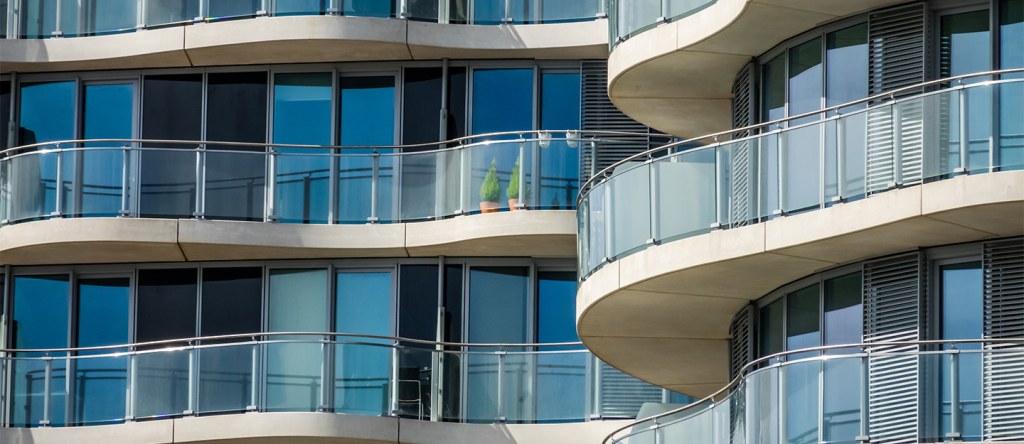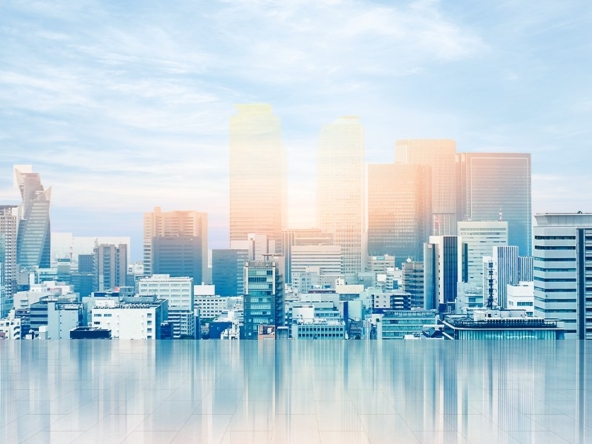The real estate sector plays a pivotal role in shaping the urban landscape and driving economic growth. Over the years, cities worldwide have witnessed a significant transformation through the adoption of vertical developments.
This blog explores the positive impact of vertical developments on cities globally, with a particular focus on Pakistan. We will also delve into the challenges posed by horizontal developments and provide solutions to make vertical real estate more acceptable to homebuyers in Pakistan.

Challenges of Urbanization in Pakistan
Population Growth: The exponential increase in Pakistan’s population has strained existing urban infrastructure and services. Rapid urbanization requires scalable solutions to accommodate the rising numbers.
Inadequate Infrastructure: Many Pakistani cities lack essential infrastructure, including transportation networks, water supply systems, and waste management facilities. These deficiencies hinder efficient urban living and need to be addressed through innovative approaches.
Environmental Impact: Unplanned urban growth has resulted in increased pollution levels and the depletion of natural resources. Transforming cities through sustainable vertical developments can help mitigate environmental challenges and create greener urban spaces.
Benefits of Vertical Developments
Optimized Land Use: Vertical developments maximize land utilization by constructing high-rise buildings and multi-story complexes. This approach allows cities to accommodate a larger population while minimizing the need for horizontal expansion.
Reduced Traffic Congestion: Vertical developments concentrate amenities, offices, and residential spaces in compact areas, reducing the need for extensive commuting. This helps alleviate traffic congestion and enhances overall mobility.
Improved Energy Efficiency: Tall buildings can incorporate energy-efficient designs and technologies, including solar panels, rainwater harvesting systems, and smart energy management. Vertical developments can contribute to a more sustainable and energy-efficient urban environment.
Case Studies of Successful Vertical Developments in Pakistan
Icon Tower, Karachi: This iconic high-rise development in Karachi has transformed the city’s skyline while offering luxury residential and commercial spaces. Its strategic location and vertical design have contributed to improved urban efficiency.
Emporium Mall & Residency, Lahore: The Emporium Mall & Residency complex combines retail, residential, and entertainment spaces within a single vertical development. It has revitalized the urban landscape and become a popular destination for shopping and recreation.
Centaurus, Islamabad: Centaurus is a renowned mixed-use development in Islamabad, featuring residential apartments, commercial offices, and a five-star hotel. It has become a symbol of modern urban living and contributes to the city’s economic growth.
Implementing Vertical Developments in Pakistan
Strategic Planning: Prioritize urban planning and zoning regulations that encourage vertical developments. Identify suitable locations for high-rise buildings, considering factors such as accessibility, infrastructure availability, and environmental impact.
Stakeholder Collaboration: Foster collaboration between government bodies, urban planners, architects, developers, and community representatives. Ensure inclusive decision-making processes that address the needs and concerns of all stakeholders.
Building Regulations: Establish comprehensive building regulations that promote safety, structural integrity, and energy efficiency in vertical developments. Regular inspections and adherence to construction standards are crucial for maintaining quality and sustainability.
Overcoming Challenges and Ensuring Sustainability
Public-Private Partnerships: Encourage partnerships between the public and private sectors to leverage expertise and resources for vertical development projects. Joint initiatives can help overcome financial constraints and streamline implementation.
Financial Incentives: Introduce incentives such as tax breaks, grants, or subsidies for developers focusing on sustainable and socially inclusive vertical developments. These incentives can encourage investment in transformative projects.
Green Infrastructure Integration: Incorporate green spaces, urban parks, and sustainable design features within vertical developments. Implementing eco-friendly technologies and practices ensures long-term sustainability and enhances the overall urban environment.
By embracing vertical developments and implementing strategic planning, Pakistan can transform its cities, enhance urban efficiency, and create sustainable, vibrant urban spaces for its growing population.




